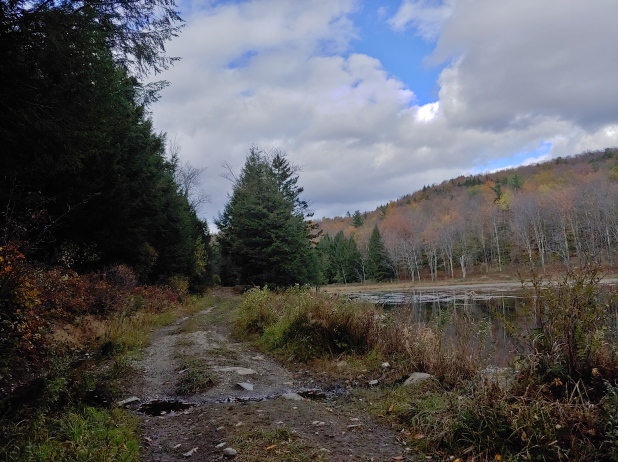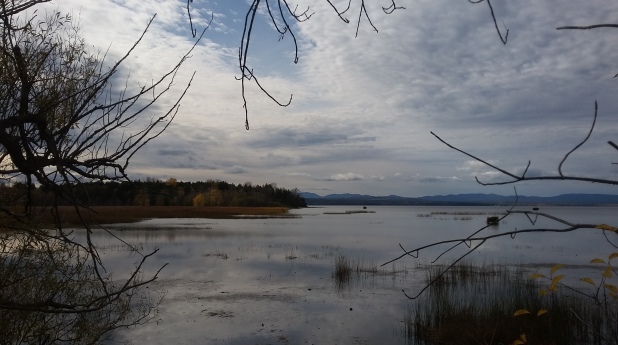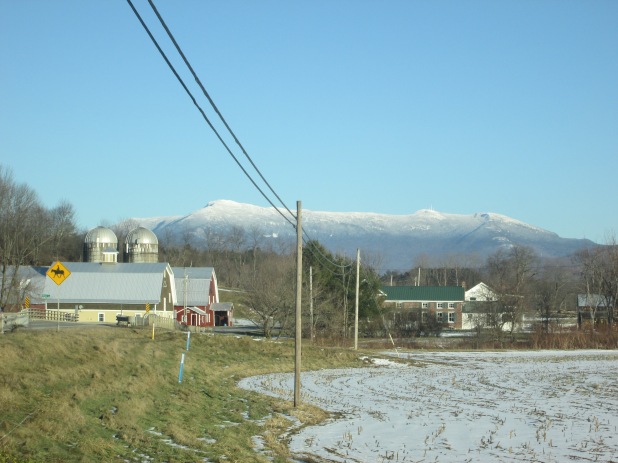Reposting a post I wrote for the Global Health Diaries, the blog of the Global Health Program at the University of Vermont Robert Larner M.D. College of Medicine and the Western Connecticut Health Network. Find the original post here.
In early March, I had a Zoom call with the other community health Peace Corps volunteers I served with in Paraguay from 2014-2016. One of my colleagues still lives in Paraguay and he shared his impression of the Paraguayan response to COVID-19 compared to that of the US this spring: “Here [Paraguay] everything is locked down. Police will stop you if you’re on the street to ask why you’re out. People are getting restless because, as you know, here many people don’t eat if they don’t work. But Paraguay is taking this seriously. It’s mind-blowing to hear what’s happening in the United States. It’s hard to believe the news of people protesting masks and attending large gatherings during these times.”
At the time of that comment, the US was still widely debating the validity of masks and COVID-19 cases and deaths were still increasing. Vermont, where I live, was among the US states that chose a more aggressive public health approach with the hope of containing viral spread. For much of the spring and summer most business in Vermont were closed, including gyms and many restaurants. There was no curfew, however school was cancelled or switched to completely online and wearing masks in public places was mandated. The almost complete shutdown only lasted a few months. In late summer, many businesses in Vermont started to open again. Now, schools are back in session (many school districts have a hybrid of online and in-person classes). As a second-year medical student, I have in-person classes twice a week and online classes three days a week. I am required to get a weekly COVID-19 test and report any new symptoms and contacts daily.
The short shutdown and recent opening of Vermont is in stark contrast with the experiences of my Paraguayan friends during these past 6 months. I’ve remained in contact with friends in the Paraguayan community where I worked when I lived there during my Peace Corps service.
This fall, just as in the spring, my friends in Paraguay are mostly restricted to their homes. When my friends and I spoke in early summer, they said that only a few members of their extended family were still allowed to go to work. One friend shared her perspective on Paraguay’s infrastructure, “Our hospitals can’t take care of people if they get sick,” she said. “We are worried.”
In early September, I got a voice message from one of the Paraguayan women who is like a mother to me. She was on the verge of tears. She is the primary caretake of her 90-year-old mother. In my friend’s message she told me that she is scared that her mother will die of COVID-19. My friend does not have a car. The nearest hospital is 2 hours by bus. I don’t know if the buses are running right now.
I’ve returned to Paraguay twice since leaving, once for a friend’s wedding and once to meet a friend’s son before he turned one. I was planning to visit again this year because two of the children I taught when I worked there will turn 15. In Paraguay, 15 is considered an important birthday and some families have a large, wedding-like birthday party to celebrate. The two children turning 15 are like younger siblings to me and I wanted to see them during their special year.
In late September, realizing that I probably won’t travel anywhere outside of the US soon, I made a traditional Paraguayan drink called cocido. It is a warm beverage made from steeped yerba mate (similar to tea) and burnt sugar. It’s a perfect study beverage for fall and it reminds me of my Paraguayan friends and our times together. I shared a video of making cocido with my Paraguay friends. One of them mentioned that I should make chipa, a traditional Paraguayan biscuit that is often eaten with cocido. “I miss chipa!” I said over text. “I haven’t made it because it’s better in Paraguay. I’ve been waiting to visit again so I can have it there.”
My Paraguayan friend responded, “You should make chipa. Don’t wait to come to Paraguay. You’re not going to be able to come for a long time. Things are not well. Lots of people are getting sick here now. We don’t know what is going to happen with this virus.”
My friend’s comment was in stark contrast to any previous conversation we’d had about me visiting Paraguay. My Paraguayan friends remind me often that I am always welcome in their homes. Before COVID-19, every time we talked they asked when I was returning to Paraguay. Now my friends seem too far away to visit. Yet, despite the feeling that travel to Paraguay is morally forbidden during these times, there is something novel about sharing the same public health crisis in my home country as friends abroad. It is not often that the primary public health concern in the United States is the same as that in Paraguay. It is the first time since I’ve left Paraguay that I feel my life is still intertwined with the lives of my friends in Paraguay. It’s not reassuring, but it is interesting to consider how interconnected our global community is despite the borders, oceans, and mountains that separate us.











